
Atomic Pulse
The beat on WMDD from NTI
Welcome to our blog. Here you'll find everything from new insights and critical analysis, to behind-the-scenes accounts of what it's like to work in our field, movie recommendations, and more.


“A Pivotal Juncture:” Ambassador Laura Holgate on the Future of Nuclear Security

How we learned to love the meme

Young Voices in International Security: Mackenzie Knight
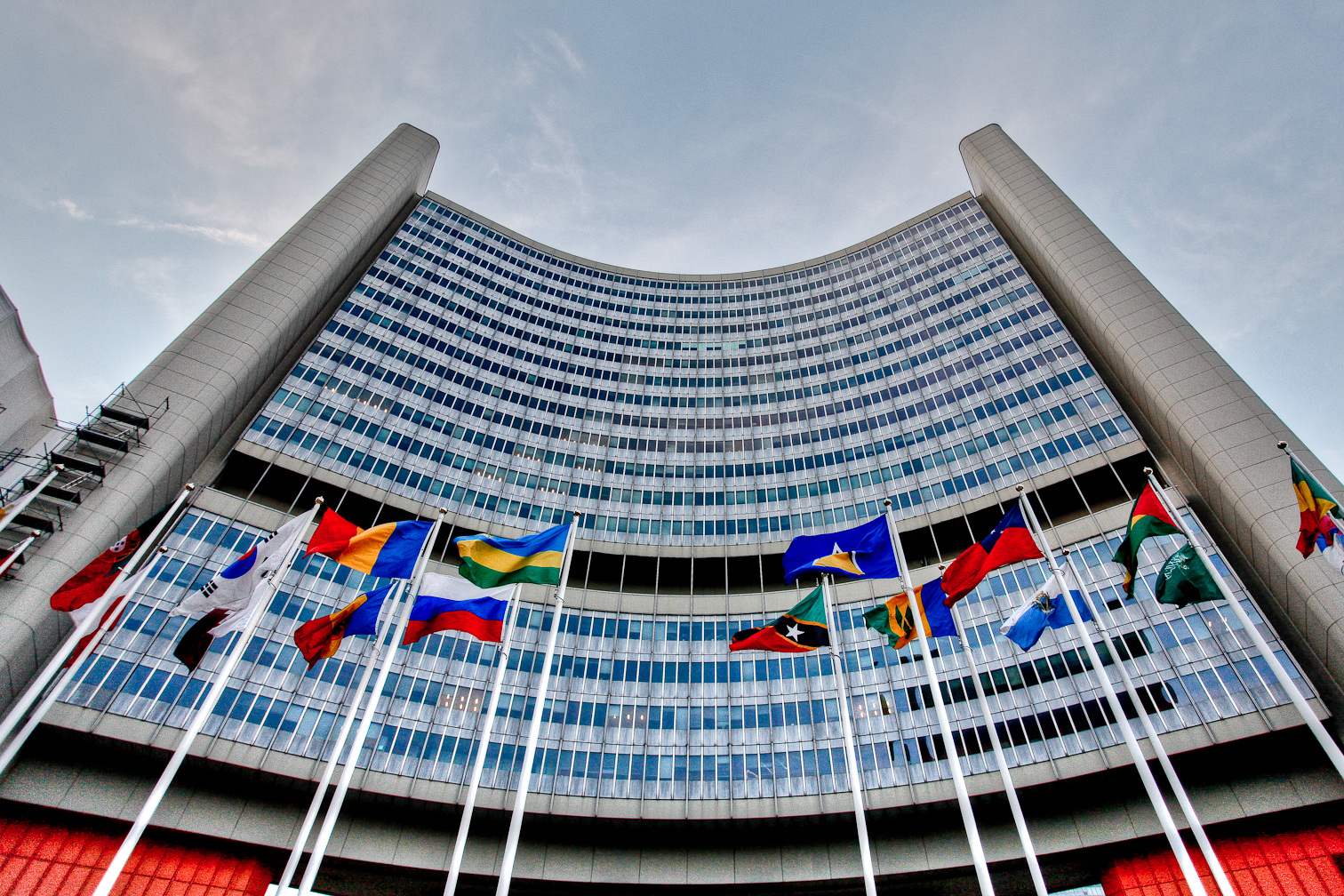
Time to Change Course on Nuclear Security
Stay Informed
Sign up for our newsletter to get the latest on nuclear and biological threats.
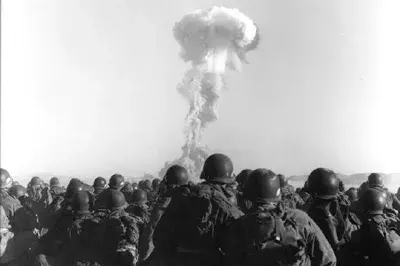
Mushroom Clouds That Never Vanished: The Fight to Secure Compensation for Nuclear Test Victims
There is no noise at first, only a flash so bright that the soldiers see their own bones and blood vessels through their skin, as if they have x-ray vision.

Art as Medium for Advocacy: Manga Artist Gigi Murakami on Her Mural for #CranesForOurFuture
Gigi Murakami is an American freelance illustrator and manga (comic) creator based in Brooklyn, New York. Her work blends Japanese manga art and vintage American comic and pulp aesthetics.

#CranesForOurFuture: Ukrainian Artist Eugenia Zoloto on Finding Hope during War
Eugenia Zoloto is a Ukrainian artist who specializes in paper cutting, collages, and illustrations, in addition to working with oil paints and mixed mediums. She lives in Kyiv with her husband and two children and is participating in the 2023 #CranesForOurFuture campaign by contributing a beautiful floral sculpture featuring an origami crane.

The NTI Essentials: 10 things you should read (or watch) on reducing nuclear risks
If you want to learn more about Oppenheimer’s bomb and what we must do to protect the world today and for future generations, NTI’s online library is the perfect place to go.

Reflections on My First Visit to Hiroshima
"Visiting Hiroshima imparted to me a deep sense of responsibility as well as a renewed energy to work towards a world without nuclear weapons," writes Program Officer Ananya Agustin Malhotra.
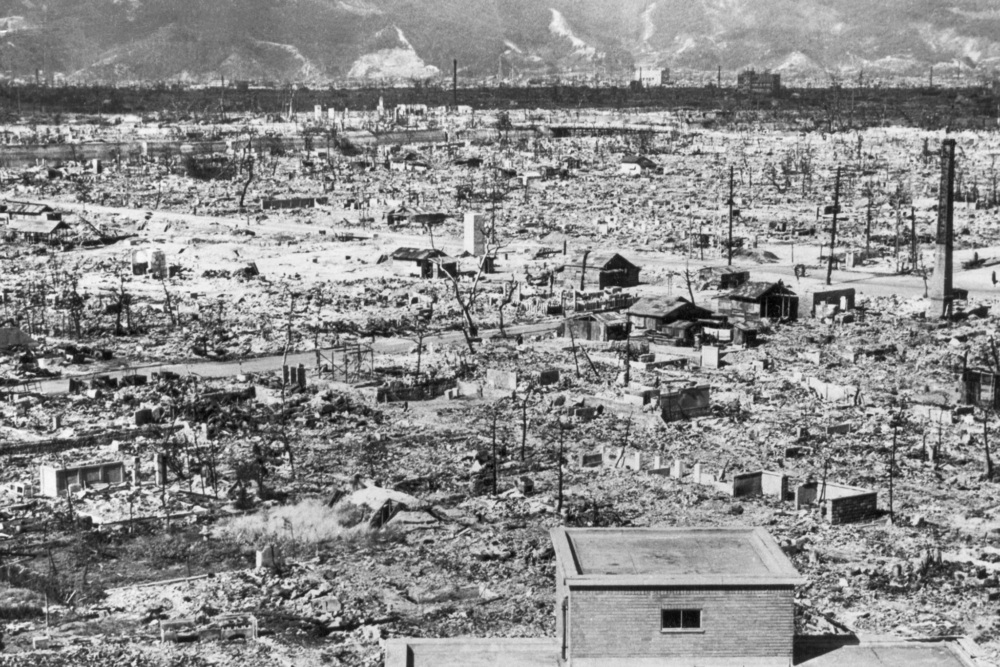
Depicting Nuclear Risk Accurately: The Likely Global Effects of Nuclear Weapons in the 21st Century
The bombings of Hiroshima and Nagasaki in 1945 made clear the destructive force of the light, heat, blast, and radiation from a nuclear explosion. But what exactly would the effects of a nuclear explosion mean for the world today?
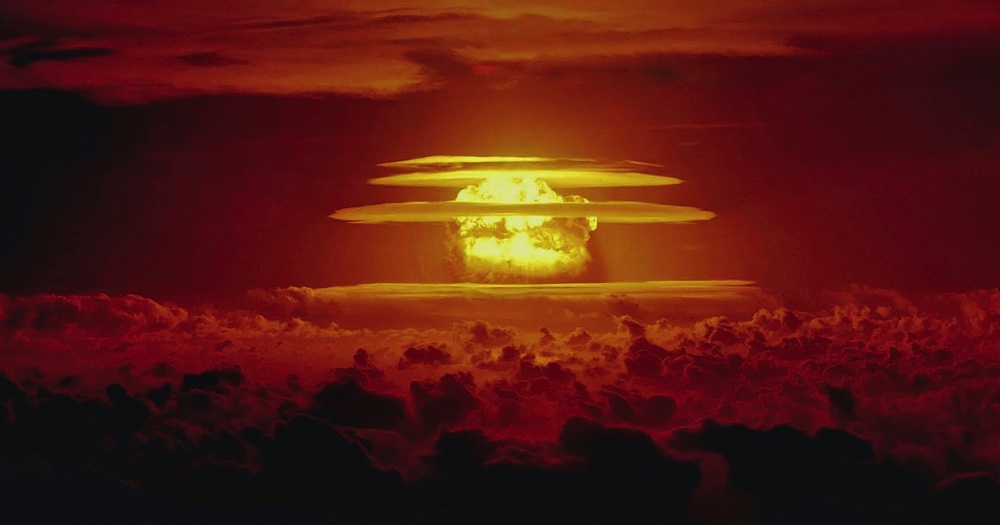
Nuclear Weapons as a Public Health Issue: APHA Calls on Governments to Mitigate Harm, Work Toward Disarmament
Nuclear Weapons as a Public Health Issue: APHA Calls on Governments to Mitigate Harm, Work Toward Disarmament

NTI Seminar: Philosopher Toby Ord on Existential Risk and the Future of Humanity
Moral philosopher and Oxford research fellow Toby Ord, author of The Precipice: Existential Risk and the Future of Humanity, addressed this lack of investment at a recent NTI seminar hosted by NTI Co-Chair and CEO Ernest J. Moniz. In his opening statement

Filmmaker Morgan Knibbe screens “The Atomic Soldiers” at NTI
Filmmaker Morgan Knibbe screens “The Atomic Soldiers” at NTI
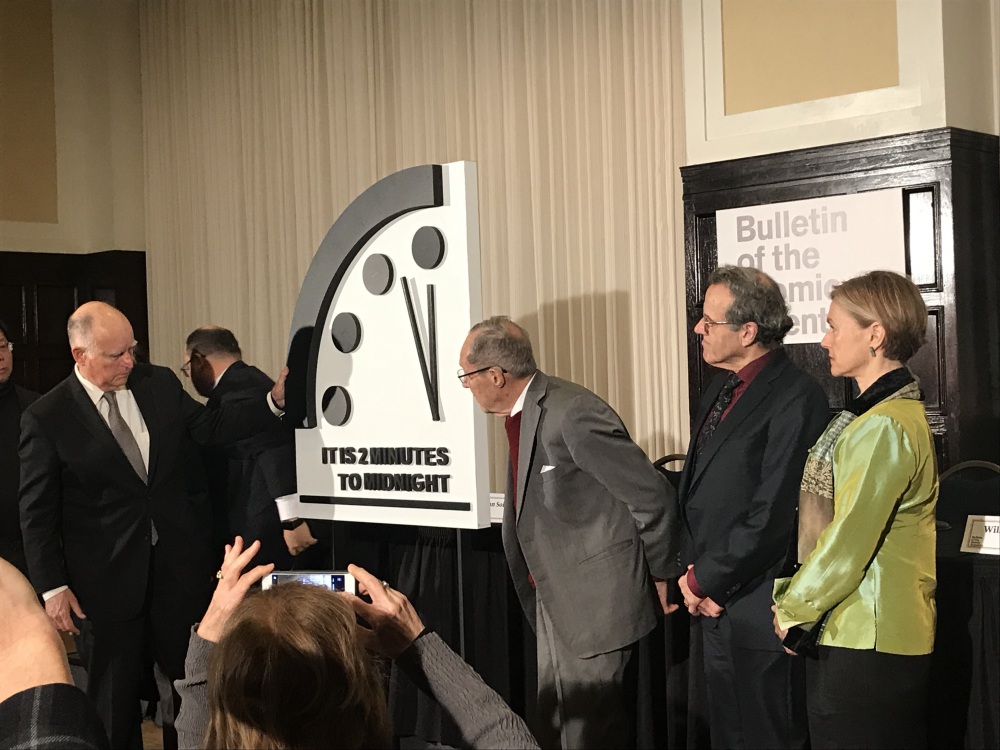
Doomsday Clock Stays Close to Midnight, Experts Cite Lack of Progress on Existential Threats and Call on Leaders to Act
Doomsday Clock Stays Close to Midnight, Experts Cite Lack of Progress on Existential Threats and Call on Leaders to Act
Atomic Pulse is edited by:

Mimi Hall
Vice President, Communications
